A false dead end refers to a configuration where a point on the transmission line appears to be an end point. It appears to be the end of the line but the line continues beyond that point. In data transmission, it refers to a point in the network where the data transmission path terminates. A false dead end provides extra support to the transmission line at specific points. It also helps to distribute the mechanical load along the line. This helps to reduce stress on specific segments and eases repairs without interrupting the entire line. False dead ends help in structural support, load distribution and maintenance in transmission lines. It also has a design that ensures durability and continued performance in these systems. Their designs also allow them to handle environmental stresses and safeguard against threats.
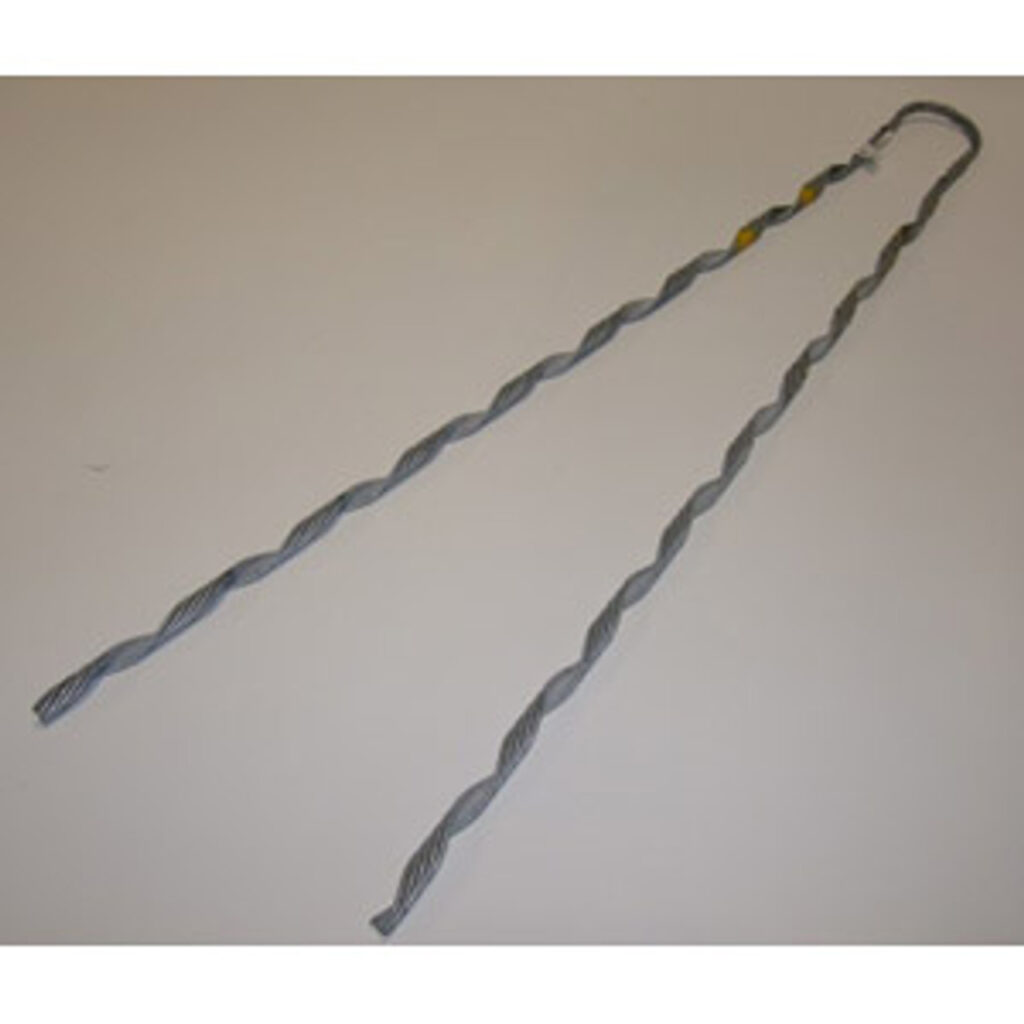
Coatings and treatments for false dead end
Coatings and treatments on false dead ends help to enhance their durability, performance and longevity. The treatments help protect the lines from environmental factors, mechanical stress and other damages. The following are the common treatments and coatings for false dead ends.
- Galvanization – this provides corrosion resistance by coating the metal parts with a layer of zinc. This is through a process of hot-dip galvanization.
- Polymer coatings – this adds a protective layer to prevent corrosion, abrasion and chemical damage. Common types include epoxy, polyurethane and polyvinyl chloride coatings.
- Weather resistant paints – this protects the dead ends against UV radiation, rain and other elements. This may include use of specialized outdoor paints designed for metal surfaces.
- Anodizing – this provides an oxide layer to aluminium parts for increased corrosion resistance. It involves an electrochemical process that thickens the natural oxide layer on the surface.
- Thermal spraying – this process applies a metallic coating to enhance wear and corrosion resistance.
- Optical fiber coatings – this method protects the fiber from physical damage, moisture and environmental factors.
- Sheathing – this provides an extra layer of protection to cables. These materials help in durability, flexibility and resistance to environmental factors.
- Waterproofing treatments – this prevents moisture ingress that can cause signal degradation.
- UV protection – this protects against degradation from ultraviolet light exposure. The methods include UV stabilized coatings or sheathing materials that resist UV damage.
Material selection for false dead end
Selecting the right material for false dead end is crucial for the longevity and reliability of the transmission lines. Selection process involves consideration of mechanical properties, environmental resistance and cost. Common materials include galvanized steel, aluminium alloys, copper alloys, composite materials, and stainless steel. There are other emerging materials and technologies like carbon finer composites and advanced polymers with Nano-fillers. Additionally, it is advisable to consult with material science experts for your specific needs. The following are the key considerations in material selection for false dead end.
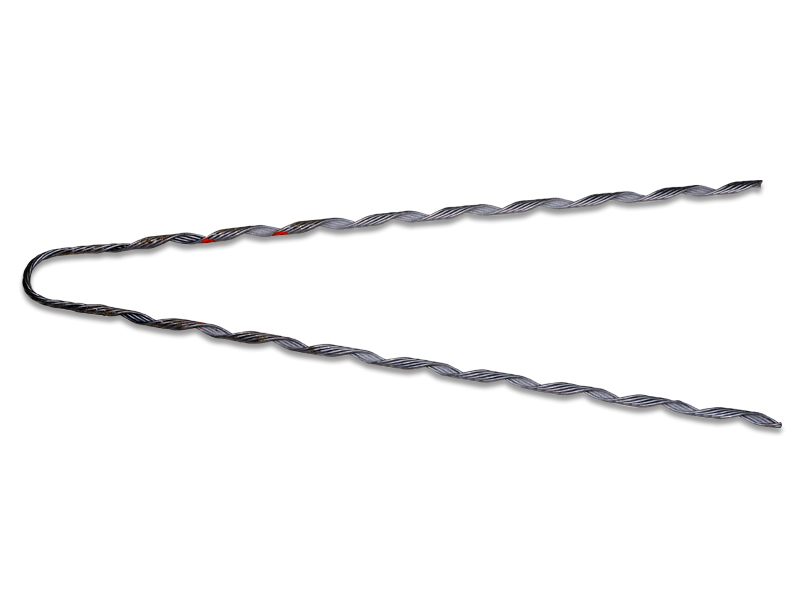
- Mechanical strength – the material must withstand high tensile forces and mechanical stresses without deforming.
- Corrosion resistance – exposure to various environmental conditions may lead to corrosion. The materials should be able to withstand rain, humidity, and pollutants.
- Thermal stability – the material should maintain its properties under temperature fluctuations. Composite materials have good thermal stability.
- Electrical conductivity – the materials should not affect the electrical performance of the transmission lines. This is because the false dead ends serve a mechanical function and interact with the conductor.
- Durability and longevity – the selected materials should ensure a long service life. This helps to reduce maintenance and replacement costs.
- Cost effectiveness – the selected material should balance performance with costs. This is to ensure economic feasibility.
Construction of a false dead end
The construction of false dead ends involves several critical elements. This is to ensure the stability and integrity of the transmission line. It involves many components working together to provide secure and reliable mechanical support. Also, it is advisable to understand the detailed construction to optimize installation and maintenance. The following is a breakdown of the construction and components of a false dead end.
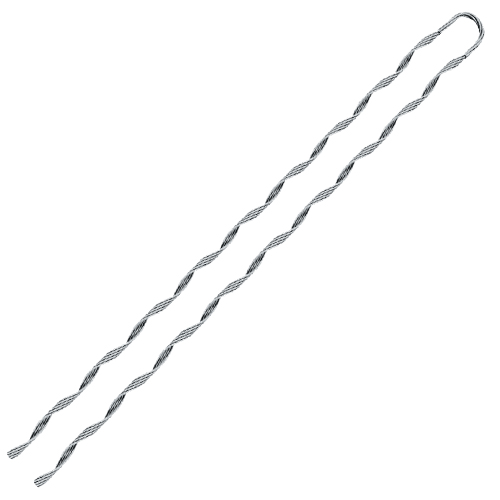
- Dead end clamp – this provides the means of gripping the conductor to prevent it from slipping. They have serrated grooves to enhance grip and distribute the stress along the conductor.
- Armor rods – these protect the conductor from abrasion and stress concentration at the point of attachment. They wrap around the conductor to provide extra mechanical support and protection.
- Thimbles and thimble clevises – these serve as an interface between the dead end clamp and the hardware used to attach the assembly.
- Suspension hardware – these connects the dead end assembly to the support structures. The construction includes use of bolts, nuts and shackles to ensure long term stability and corrosion resistance.
- Compression sleeves – these help to join the conductor to the dead end clamp. They crimp onto the conductor using specialized tools to form a secure connection.
Assembly process
- Preparation of conductor – clean the conductor and check for damages that could compromise the grip. Ensure the dead end clamp can hold the conductor without slippage.
- Installation of armor rods – wrap the armor rods around the conductor at the location where the dead end clamp will attach.
- Attachment of dead end clamps – position the dead end clamp over the armor rods and secure it in place.
- Installation of thimbles and clevises – insert the thimble into the loop formed by the conductor and secure it with a thimble clevis.
- Connection to support structure – use suspension hardware to attach the false dead end assembly to the support structure.
Working of the dead end
A false dead end provides mechanical support and stability without terminating the conductor. The main function of the dead end is to hold the conductor in place, manage mechanical stress and distribute loads. This helps to maintain the structural integrity of the transmission system. This is while ensuring the conductor remains in proper alignment and tension. Also, understanding the working of the false dead end can help optimize the installation, maintenance and performance. False dead ends find use in intermediate support, tension management and ease of installation and maintenance. The following basic functioning of the false dead end.
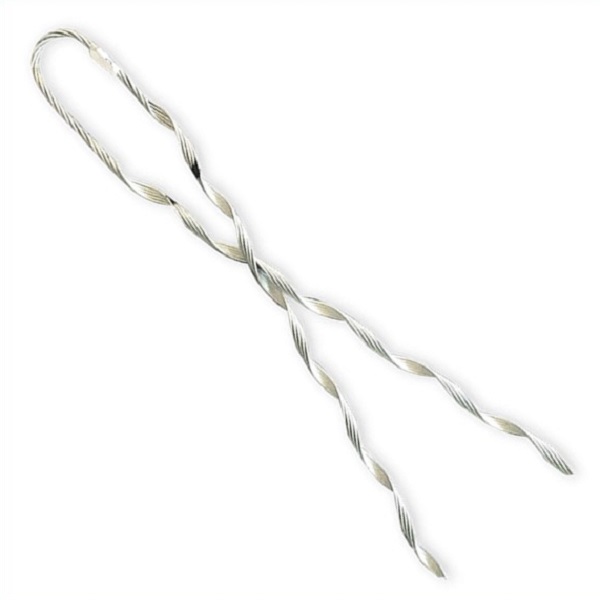
- Mechanical grip – the false dead end uses a clamp to grip the conductor. The clamp has grooves that increase friction and grip the conductor. This prevents slippage and ensures it remains in place even under high tension.
- Load distribution – armor rods wrap around the conductor where the clamp is to protect the conductor. The rods reduce the risk of damage by spreading the load over a larger surface area of the conductor. This helps in managing stress concentrations and prevents points of failure.
- Protection and reinforcement – the false dead end assembly includes components such as thimbles and clevises. This is to reinforce the connection and provide extra protection to the conductor. Thimbles maintain the shape of the conductor loop while clevises connect the clamps to the support structure.
- Connection to supporting structure – the false dead end assembly attaches to support structures. This is through the use of suspension hardware. The hardware helps connect the dead end to the structure to ensure the mechanical load transfers to the support structure. This also helps to maintain the stability and alignment of the transmission line.
Advantages and disadvantages of using dead ends
False dead ends provide various advantages in overhead transmission systems. They provide enhanced stability and support to the networks. The following are the advantages of using a false dead end.
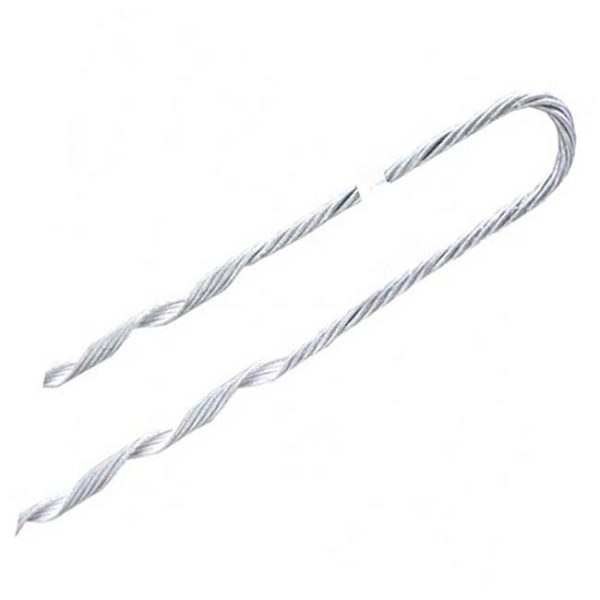
- Enhanced stability – false dead ends provide extra mechanical support to the conductor. This helps reduce the risk of sagging. They also help distribute mechanical loads along the conductor to reduce stress concentrations.
- Flexibility in line design – false dead ends allow for intermediate support without terminating the conductor. They also enable effective management of conductor tension over varying spans.
- Durability – the use of armor rods and high-strength materials in false dead ends protects the conductors from environmental stresses.
- Improved system reliability – the strong grip provided by dead end clamps ensures the conductor remains in place.
Disadvantages of the dead ends
- Complex installation – the installation needs precise assembly of many components. This is including armor rods, clamps and thimbles.
- Higher initial cost – high-quality materials can be expensive leading to higher initial costs . This is as compared to simpler termination methods. This may result in higher labor costs.
- Maintenance challenges – regular inspection and maintenance help to ensure the integrity of the false dead ends.
- Potential for mechanical failures – dependence on many components increases the risk of mechanical failure.
- Electrical performance – presence of extra metal components can lead to electromagnetic interference. This might affect the electrical performance of the transmission line.
Frequently asked questions
A false dead end is a mechanical support component used in overhead transmission systems. It helps to provide stability and tension control.
A false dead end works by gripping the conductor using a dead end clamp, distributing mechanical loads along the conductor and providing extra support. This is through components such as armor rods and thimbles to connect to supporting structures.
False dead ends contribute to the reliability of transmission systems by providing mechanical support, managing conductor tension and preventing sagging.

